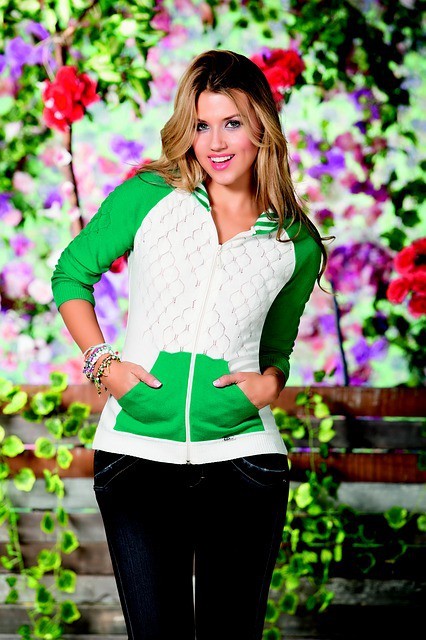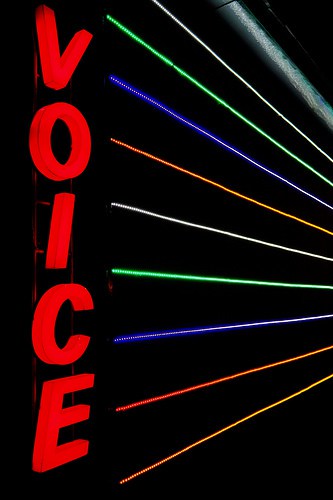Featuring a female model in advertisements initially started with advertisements on products like alcohol and adult entertainment. The trend then spread like a wildfire in the market and is still being widely used although being exaggerated. It has become a compulsion now to have a beautiful model in all kinds of advertisement, which sometimes seems unnecessary. They seem to sell anything from shaving gel to cars.
Many women right activists say that the women are being projected as merely an object by such advertisements. But the harsh truth is that advertisements featuring women is influencing viewers of all ages and advertisers have realized this. The advertisement starts with an attractive woman posing in seductive ways followed by the product or the service offered by the company. The beauty of the model already lures the customer, so advertisers do not have to put in more effort to motivate them.
But there are certain drawbacks in using women models in some advertisements and if a consumer is smart enough, it won’t take time for him to realize that. It is totally irrelevant to feature a female model or an actress in advertisement promoting men products. Some good examples of this point are showing a woman in axe deodorant commercial and comparison of a partially nude woman’s body to the body of a car. Second drawback is due to more concentration on the model, the attention deserved by the product is not sufficient. The main focus of the advertisement is lost.
Surprisingly only few male models advertises for male oriented products. Even a picture of a woman on an Internet commercial seems not logical to some extent, as there are thirty percent of female internet users and seventy percent of male internet users, worldwide. To add to it, advertisers cannot explain why beautiful bodies bring success to advertisement.
Advertisements are convincing and motivating tool, which can leave a deep impact on the minds of the viewers and plays a major role in molding the culture and attitude of the people. Expansive and extensive portraying of women in this manner merely reduces their image to an object of passion. Emphasis is laid only on the physical beauty of the woman like features, body curves. After the commercial has been shot, using graphical technology, any kind of imperfection of the body is altered which in a way sends out the signal that only perfect people are meant to use the product.
The companies have a moral responsibility also in the society. These commercials have a negative impact on the society and leads to problems faced for the common woman. The major ill effect is the pressure on woman to get those near-perfect bodies. They get so pressurized that they take the unhealthy way to reach the set goals. They develop eating disorders; their health gets affected which may sometimes result in irreparable damages. And those who never make it to that point, face humiliation and get taunted by everyone around them. This results in depression and other long-term psychological diseases.
According to researches and surveys conducted, most of the women vow that commercials lower their self-confidence and they visualize themselves as unattractive due to the image being portrayed of the perfect woman in ads. In America, seventy-five percent of healthy females think that they are over-weight. Half of the women populations are on some kind of diet program and nearly ten million women suffer from serious eating disorders. The weight of a fashion model is twenty three percent less than an average weighed ordinary woman.
Advertisements haven’t spared women being beaten up. In a particular after shave lotion commercial, the background voice says that its essential to learn martial arts because once a man applies the company’s product, women around will be attracted and will pounce on him. Towards the end of the commercial, they show a male model kicking several women model that seem to have attracted to him. This is degradation of respect of women to the lowest level.
After all this exposure, women viewers identify themselves as the weaker sex. Some think that males decide their self-worth. Over exposure of women as sex objects have triggered cases of physical assault and rapes. Majority of the women are taking the wrong way to get those stick figures, which are results in diseases, sometimes leading to death. And most of this is attributed to the advertisements that pour into the lives of innocent people everyday. Marketing ethics should be built to raise the status of woman in the society and give them the due respect but not degrade them.


